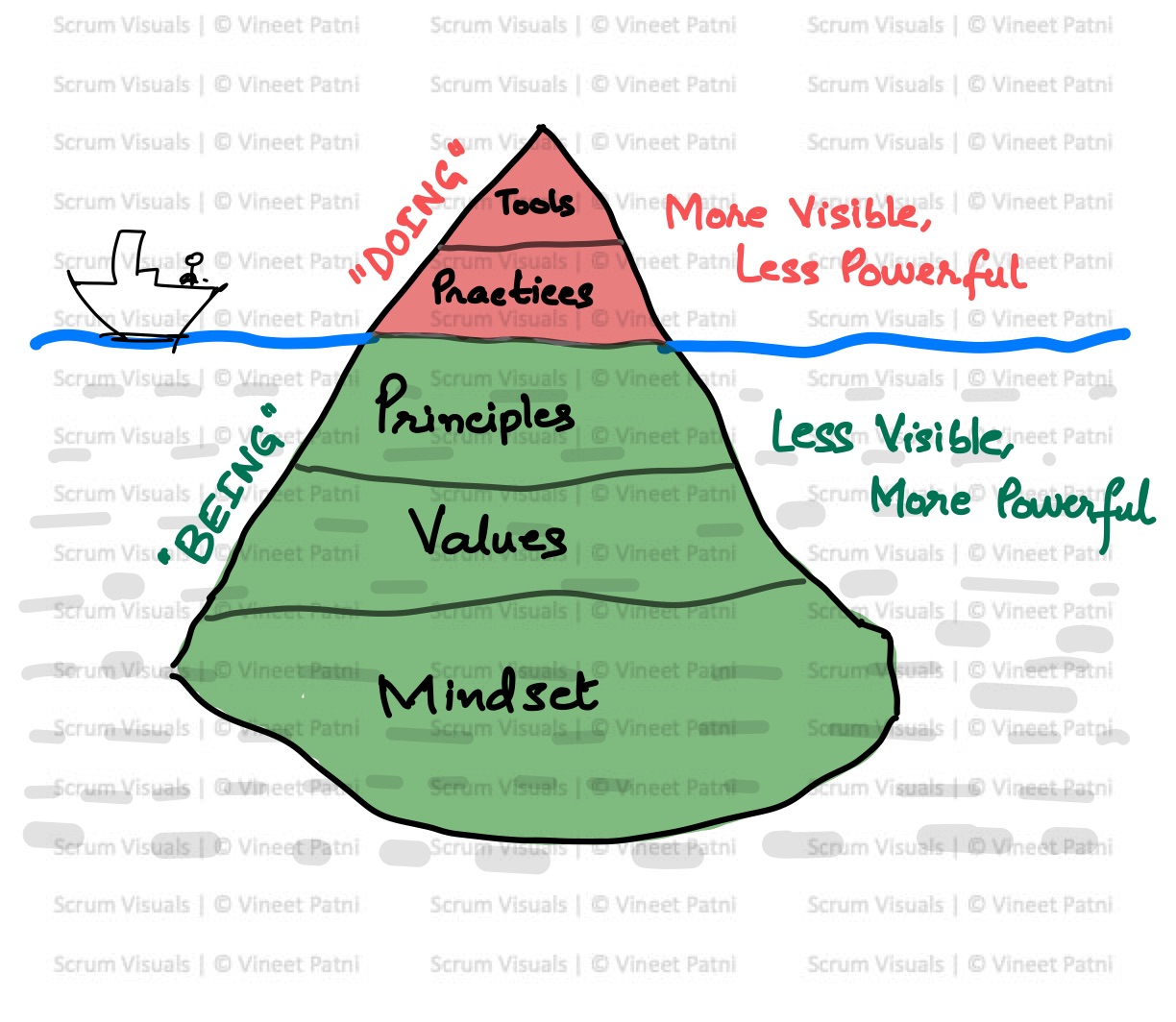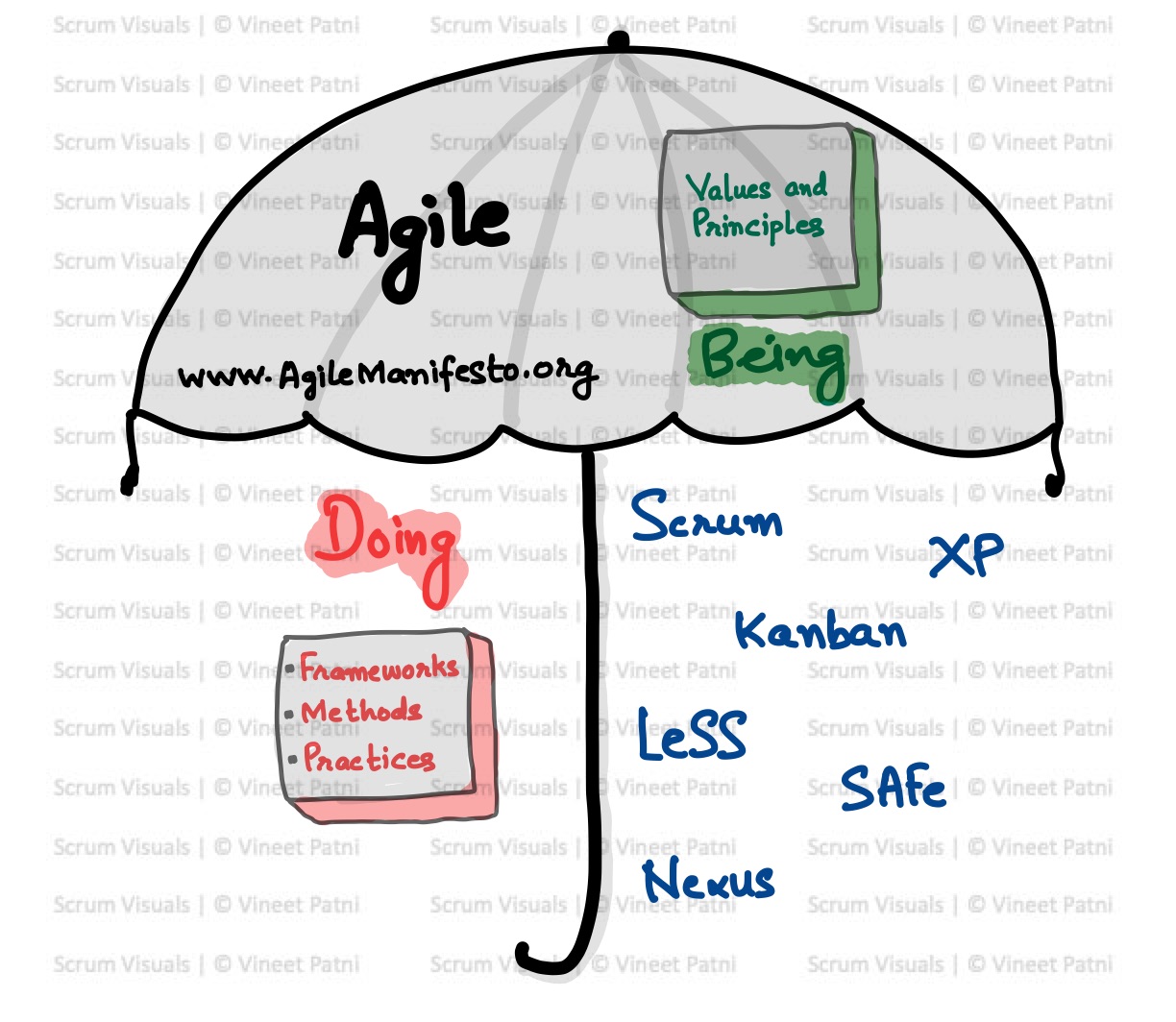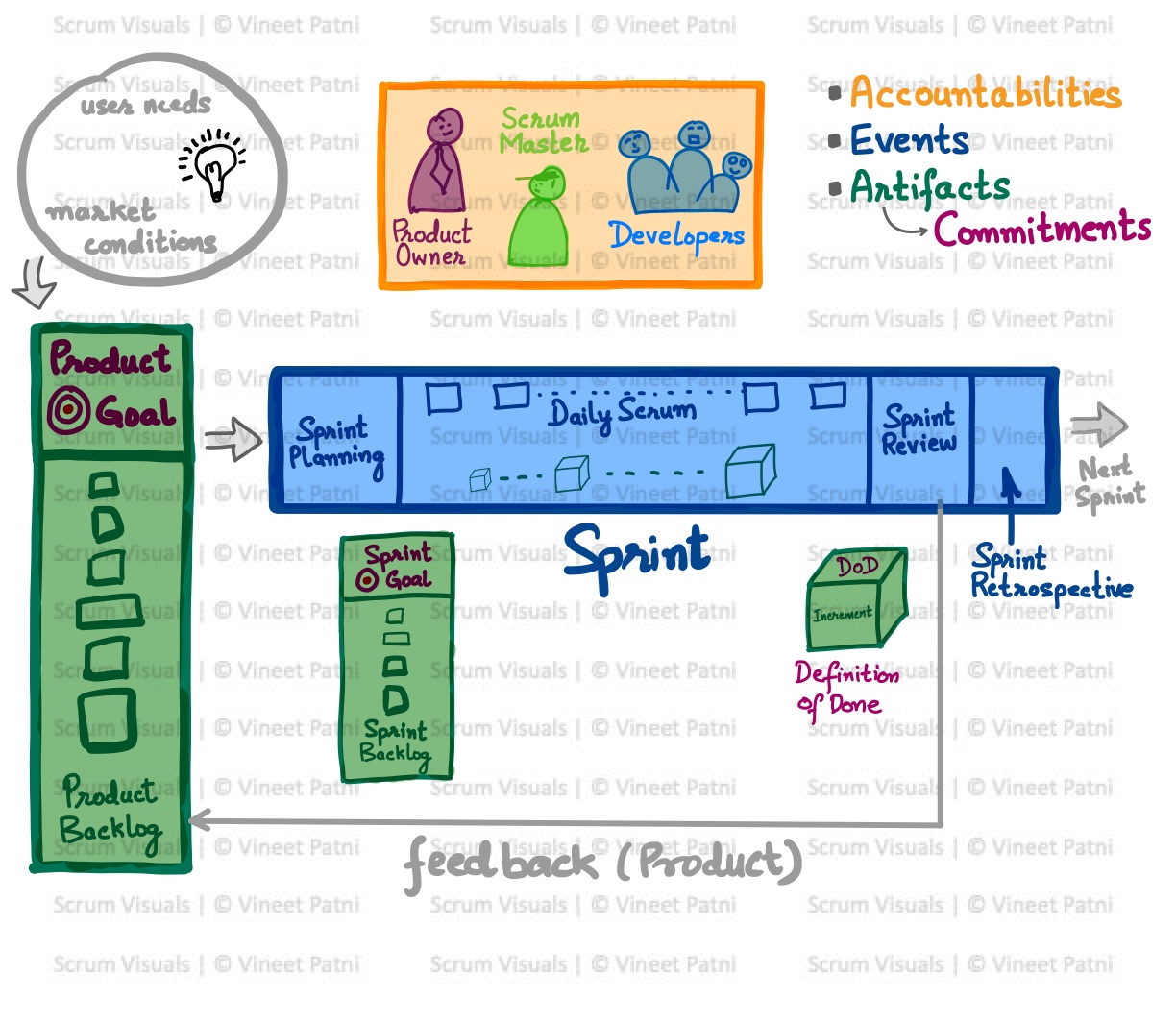What Is Artificial Intelligence (AI)? A Simple Guide for Business Leaders
Artificial Intelligence is no longer the future — it’s the present. Here’s what every business leader should know.
In boardrooms and business chats alike, the term Artificial Intelligence (AI) comes up frequently — often alongside words like disruption, transformation, and opportunity. Yet, for many decision-makers, the concept still feels elusive or overly technical.
This guide breaks AI down simply — what it is, why it matters, and how leaders like you can make informed decisions in the age of AI.
What Is Artificial Intelligence, Really?
At its core, AI refers to machines that can perform tasks that typically require human intelligence. These tasks might include:
- Understanding and generating language (like ChatGPT)
- Recognizing patterns (like facial recognition or fraud detection)
- Making decisions (such as routing customer service requests)
- Learning from data (without being explicitly programmed for every outcome)
AI isn’t one single technology — it’s an umbrella term that includes:
- Machine Learning (ML): Systems that learn and improve from data.
- Natural Language Processing (NLP): Machines that understand and use human language.
- Computer Vision: AI that interprets visual inputs like images or videos.
- Generative AI: Models that create content — text, images, code, and more.
Why Business Leaders Can’t Ignore AI
AI is not just a tech trend — it’s a strategic lever. Here’s why leaders should pay attention:
1. Competitive Advantage
Early adopters of AI are already outperforming competitors — whether through faster product delivery, better customer insights, or cost savings.2. Efficiency at Scale
AI can automate routine tasks, streamline operations, and free up human time for higher-value work.
3. Better Decision-Making
With AI-powered analytics, businesses can make decisions based on patterns, not just instinct.
4. New Business Models
AI unlocks possibilities like personalized experiences at scale, intelligent products, and AI-driven services.
AI Is Not Magic — It Needs Strategy
A common misconception is that AI is a plug-and-play solution. In reality:
- AI requires data. Without good data, even the best algorithms fail.
- AI needs governance. Ethical use, privacy, and bias mitigation are crucial.
- AI thrives with human input. It’s not about replacing people — it’s about amplifying them.
Where Should You Start?
If you’re a business leader exploring AI adoption, start with these steps:
1. Identify High-Impact Use Cases
Look for areas with repetitive tasks, large datasets, or slow decision cycles — AI can often help here.
2. Upskill Your People
Invest in basic AI literacy for your teams — especially product owners, marketers, analysts, and managers.
3. Start Small, Learn Fast
Pilot one or two focused AI use cases before scaling across departments.
4. Collaborate Cross-Functionally
Bring tech, data, and business teams together. AI strategy is not an IT project — it’s a business initiative.
Final Thoughts
AI is transforming how businesses operate, compete, and grow. As a leader, you don’t need to become a data scientist — but you do need to become AI-literate.
The future isn’t man vs machine — it’s human + machine. The sooner your leadership adapts to this mindset, the more prepared your organization will be for what’s next.











